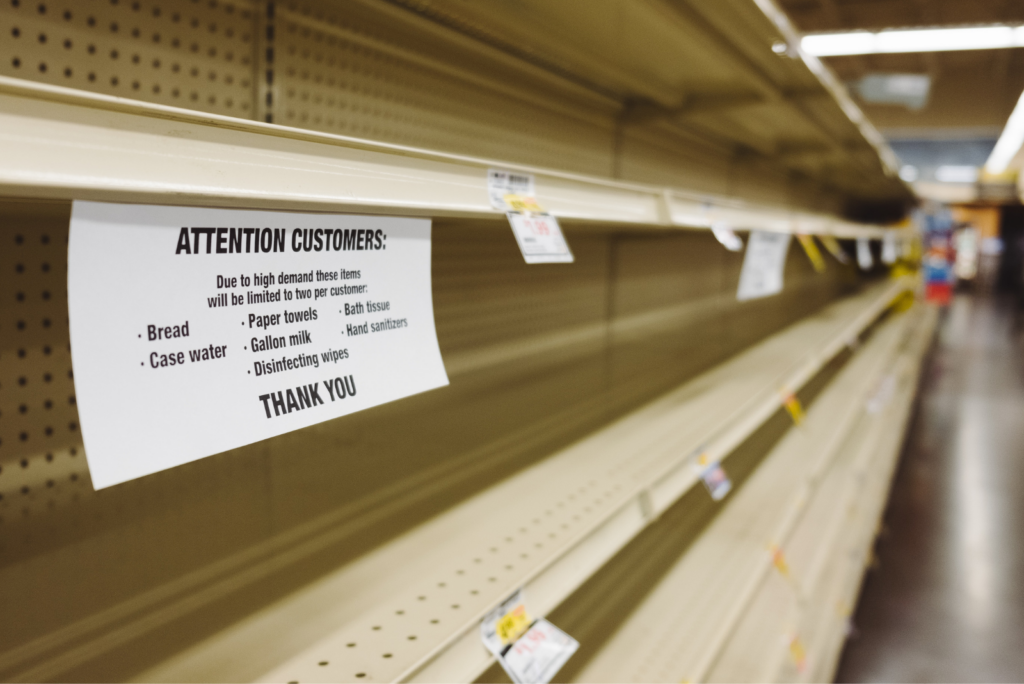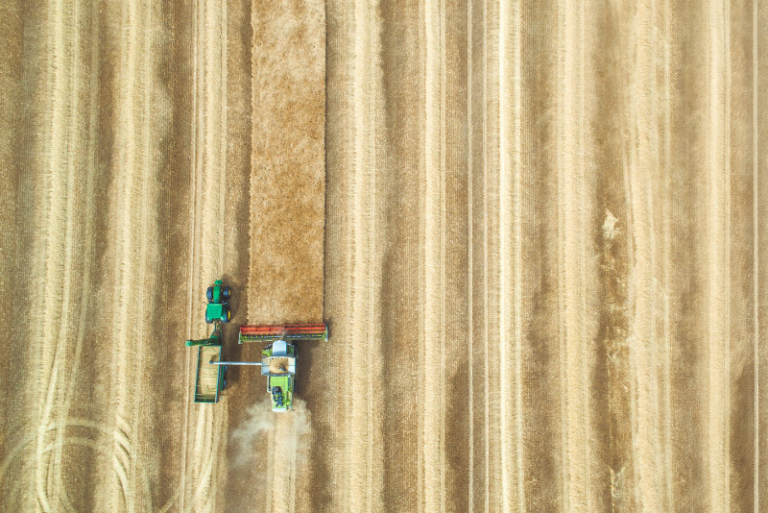KANSAS CITY, MO — While demand for baked goods has remained healthy during supply chain challenges exacerbated by the pandemic, many commercial bakeries are struggling to keep up. The playing field is still changing, and even as the market starts to stabilize, things are nowhere near “normal” again. It’s still critical to understand the reciprocal nature between shifts in manufacturing operations and end-user behavior.
One of the main pain points of this brave new world? Price changes.
As consumers maintain demand while bakers forge through their challenges, price elasticity comes into question.
“Are food manufacturers being forced to, in order to maintain their volume, reduce their price?” said Robert Berg, founding member of Iridescent Data. “Or do they have to sufficiently increase prices to capture the same revenue profit?”









